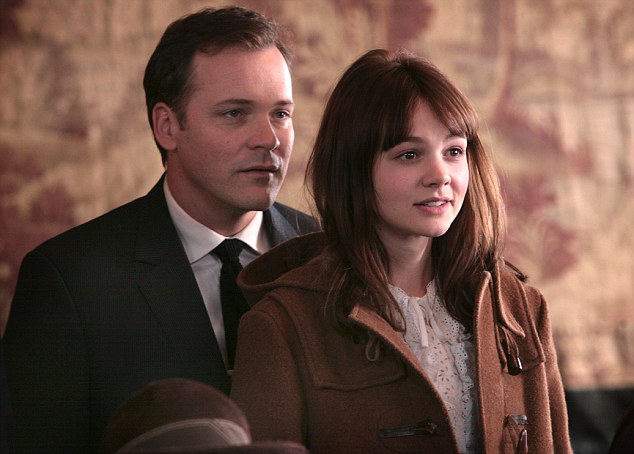Synopsis: In ‘A Single Man,’ a man contemplates his life after his partner dies suddenly.
Release Date: December 11, 2009 MPAA Rating: PG-13
Genre(s): Drama
Film Review

A Single Man takes you on a journey through a day in the life of a broken-hearted man. It is a somber piece of filmmaking with moments, shown through flashbacks or in present time, of great despair or incredible happiness. Lead by an incredibly moving performance by Colin Firth as George we are taken through the mundane, like getting dressed in the morning, to the more eccentric parts of his lifestyle when dining and dancing with his closest friend, Charlotte; the incredibly funny and damaged character played by Julianne Moore. At times the film feels overtly slowly paced. Almost painfully so; but it all makes sense as it reflects the way George feels in his life. The days drag along as his loneliness is personified. A life without the one you love moves slowly. Every minute an aching reminder of what you have lost and may never have again. With the passage of time and the people George encounters along the way he awakens from his daze of misery. It is a journey worth experiencing and feeling for any filmgoer who is willing to accept that not all movies must be overtly joyful to be excellent pieces of filmmaking.

A moving portrait. Truer words were never spoken about a film than when referring to ‘A Single Man’. Clearly influenced by Director Tom Ford’s fashion industry experience, Cinematographer Eduard Grau has created a film where you could pause any frame, a scene at any particular moment, and a perfectly framed, wonderfully stylized, color and shadow perfect portrait would fill the screen. Only made more magnificent with the clear and distinct lines. It is a composition where two arts are melded together on screen flawlessly. There is nothing simple about the cinematography. It is complex and weaves itself into the narrative. The longer than normal close-ups bring us deeper into a character to an almost uncomfortable state. To stare so long at their pain, discomfort, and longing is unnatural. The camera becomes the window into the soul and it never lets up on providing an honest portrait of a broken man or those who surround him.
Then there is the lighting choices. George lives in a world devoid of color due to his emotional state. You may not notice at first the muted color landscapes and then suddenly it hits you midway through the film. The color is drained out of most scenes and then fades in beautifully when George encounters a person or thing that brings joy back into his life. Or the possibility of a new beginning; even if for a small moment. This usage is remarkable and adds to the already stellar cinematography.

Abel Korzeniowski…remember this name. You will want to know it after experiencing his incredible score in this film. As a friend pointed out to me, the opening is magical. I must agree and add that it does not falter from being magical, magnificent, and perfectly accented throughout the movie. Music has the ability to stir emotions, transport a viewer into the mindset of a character and transform how you perceive actions. The original musical score in this film does all of this and more. Tears are possible. Emotional connection undeniable.
Cast and Crew
- Director(s): Tom FordTom FordRobert SalernoChris Weitz
- Producer(s): Tom FordDavid ScearceColin Firth (George)
- Screenwriter(s): Julianne Moore (Charlotte)Matthew Goode (Jim)Ginnifer Goodwin (Mrs. Strunk)
- Story:
- Cast: Joan SobelEduard GrauDan Bishop
- Editor(s): Arianne PhillipsJoseph Middleton
- Cinematographer: Abel Korzeniowski
- Production Designer(s):
- Costume Designer:
- Casting Director(s): Engine Room
- Music Score:
- Music Performed By:
- Country Of Origin: USA
